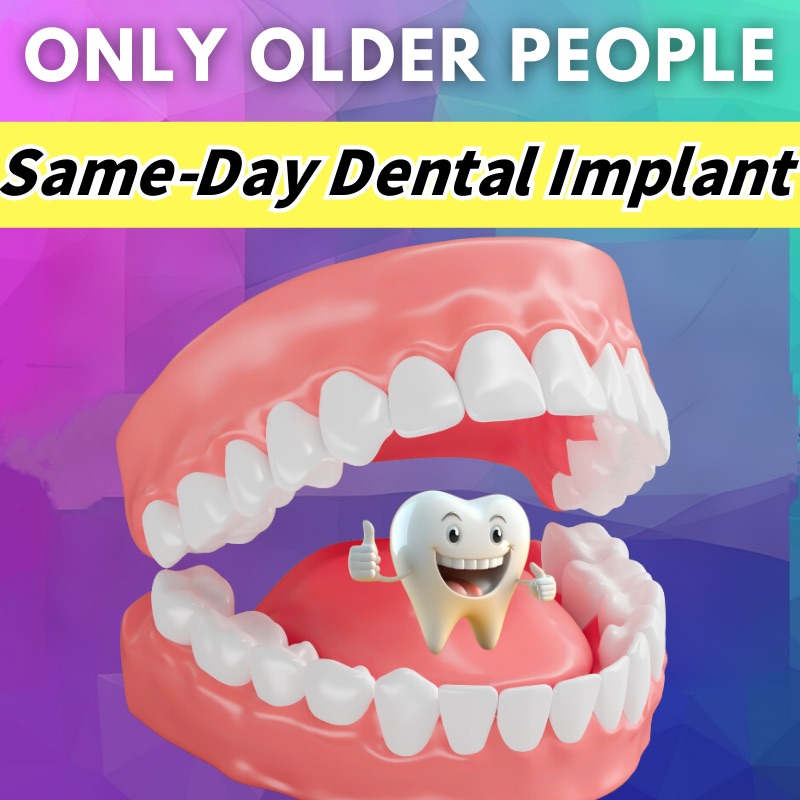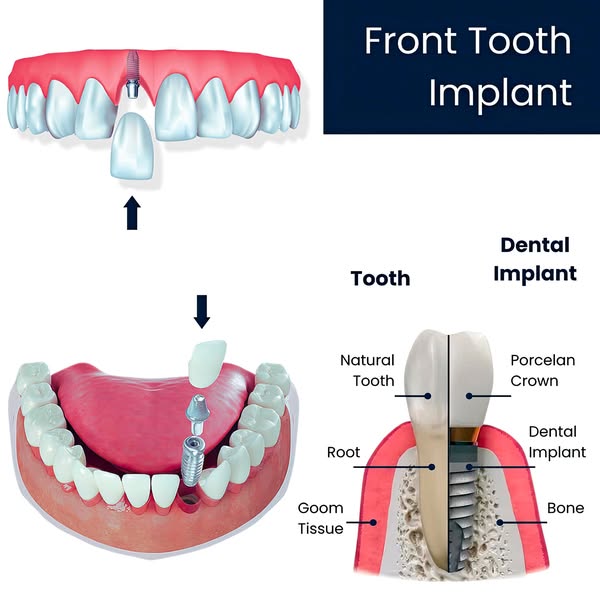The best solution to the problem of tooth loss
Dental implants represent a revolutionary advancement in dental technology, providing long-term solutions for those experiencing tooth loss. Unlike traditional treatments like dentures or bridges, dental implants offer a more durable and functional option.
What Are Dental Implants?
Types of Dental Implants
· Endosteal Implants: The most common type, these implants are placed directly into the jawbone. Once the surrounding gum tissue has healed, a second surgery is required to attach a post to the original implant, followed by securing artificial teeth individually or on a bridge.
· Subperiosteal Implants: These consist of a metal frame fitted onto the jawbone beneath the gum tissue. As the gums heal, the frame becomes fixed to the jawbone, with posts protruding through the gums to support the artificial teeth.
Benefits of Dental Implants
· Durability: Implants are designed to be very durable, potentially lasting many years or even a lifetime with proper care.
· Improved Oral Health: Unlike tooth-supported bridges, dental implants do not require the alteration of adjacent teeth. This preserves more of your natural teeth, enhancing long-term oral health.
· onvenience: Implants eliminate the inconvenience of removing dentures and the need for messy adhesives.
· Enhanced Appearance and Comfort: Since they fuse with bone, implants feel like your natural teeth, providing a permanent solution.
· Easier Eating: Unlike sliding dentures, implants function like natural teeth, allowing you to eat your favorite foods without pain or difficulty.
· Improved Speech: Poorly fitting dentures can slip and cause you to mumble or slur. Implants allow for clear speech without the worry of slipping teeth.
The Process of Getting Dental Implants
· Initial Consultation: Involves exams and X-rays to determine candidacy for implants.
· Implant Placement: A surgical procedure where the implant is inserted into the jawbone, followed by a healing period called osseointegration, which may take several months.
· Abutment Placement: Once the implant bonds with the jawbone, a connector post (abutment) is attached to securely hold the new tooth.
· Custom Tooth Creation: An impression is taken to create a new tooth (crown) based on the model, which is then attached to the abutment.
The Cost of Dental Implants
· Number of Implants: Generally, more implants incur higher costs. Replacing a single tooth is less expensive than a full-mouth reconstruction.
· Material: The type of material used (typically titanium or zirconia) for the implant and the crown (porcelain, ceramic, metal alloy, etc.) affects the price. Zirconia implants and porcelain crowns tend to be more costly but offer aesthetic benefits.
· Procedure Complexity: Costs can rise with the complexity of the procedure. Additional treatments like bone grafts or sinus lifts will increase expenses.
· Geographic Location: Prices vary significantly by region due to differences in living costs and the availability of specialists. Urban areas usually have higher costs than rural ones.
· Dentist’s Expertise: More experienced or specialized surgeons may charge more for their services.

